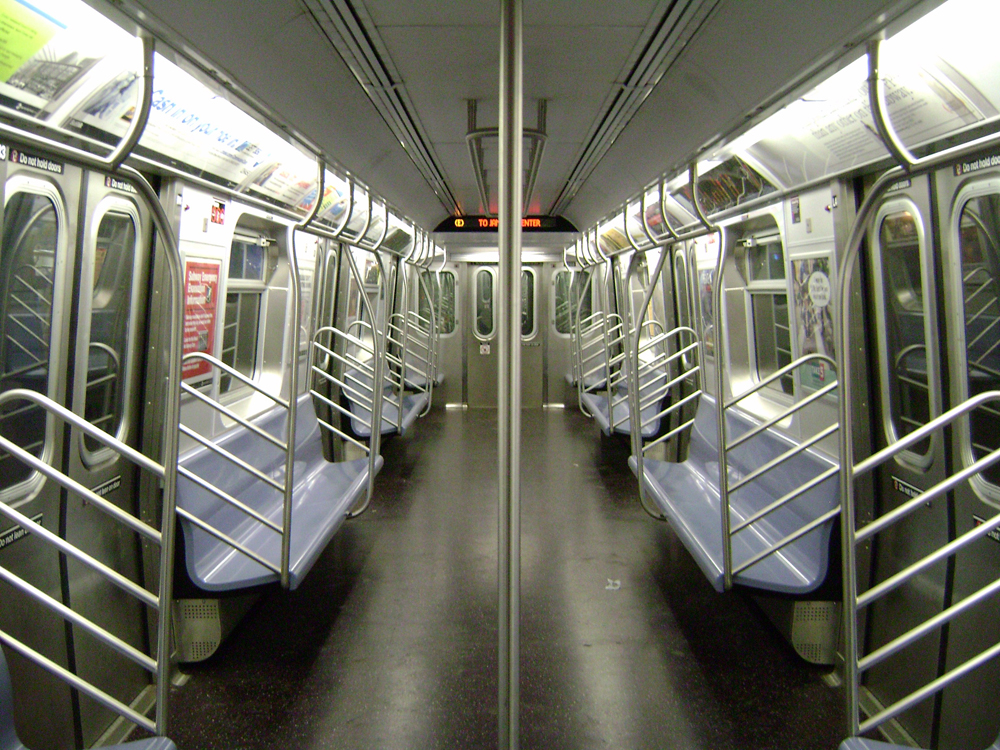I've read otherwise:
The NYC Subway Still Runs on 1930s Technology, Pen and Paper
VIEW PHOTO IN GALLERY
Most of our commutes are rife with subway delays, over-crowding and shutdowns, and while you can credit some of those to the sick passengers (and a handful of
dizzy dieters), a lot of the blame falls on the fact that our subway still runs on an antiquated system built in the 1930s. Transit authorities are only now beginning to replace the eight-decade-old system, which still uses—wait for it—
pencil and paper to track train progress. The update is a long overdue one, yes, but don’t expect your commute to get any more comfortable in the near future. With 700 miles of track to cover, the time estimated to make the switch won’t be much of a boon for us six million riders now boarding daily.
 Inside an L Train
Inside an L Train
Currently, only the L Train runs on a computerized system using automated signals that allow trains to travel closer together—and, in turn, carry almost twice as many passengers over the course of an hour. The city’s 11 other lines still rely on 24-hour underground “towers” where live dispatchers monitor train locations and movement via light boards and two-way radio reports. What’s used in these stations is said to have been “cutting-edge technology at the same time as the Hindenburg airship.” The MTA reports that getting these older trains up to speed with the L is expected to take
at least 20 years.
1930s equipment is kept running by a maintenance team that is often required to fabricate replacement parts that have long been out of production.
“We’re at the physical limits of what the original technology can carry,” said Adam Lisberg, spokesman for the Metropolitan Transportation Authority, to an AP reporter. “This stuff is old, but it works—it works really well,” he added, referring to the overall safety of the lines.
It will cost up to $250 million to convert each control tower and link it to tracks and switches. The work is included in the MTA’s five-year capital program, which uses city, state and federal money but has a $15 billion funding gap. First in line to get an update is the 7 train. Works have already begun, but won’t be completed until 2017.
The NYC Subway Still Runs on 1930s Technology, Pen and Paper | 6sqft


 ness of the Tunnels and Platforms, as a Visitor and Short Term Resident to NY,I always thought Subway Riding was a lil bit Fun(cept for Rush Hour
ness of the Tunnels and Platforms, as a Visitor and Short Term Resident to NY,I always thought Subway Riding was a lil bit Fun(cept for Rush Hour )hate that NOW they wanna Overhaul the System as a whole with it all Collapsing and Failing(cue Desus & Mero Clip about the F Train)
)hate that NOW they wanna Overhaul the System as a whole with it all Collapsing and Failing(cue Desus & Mero Clip about the F Train)





